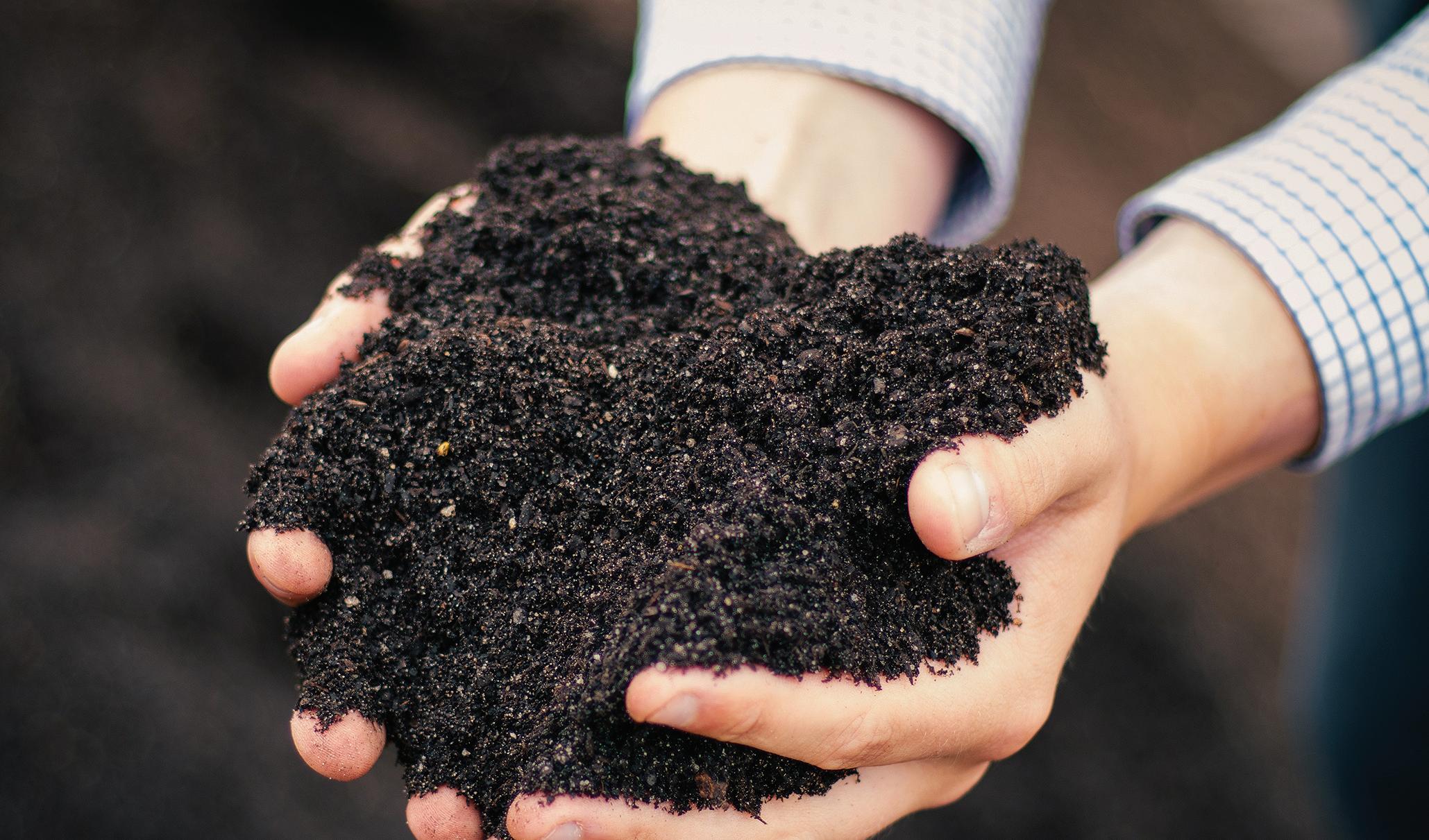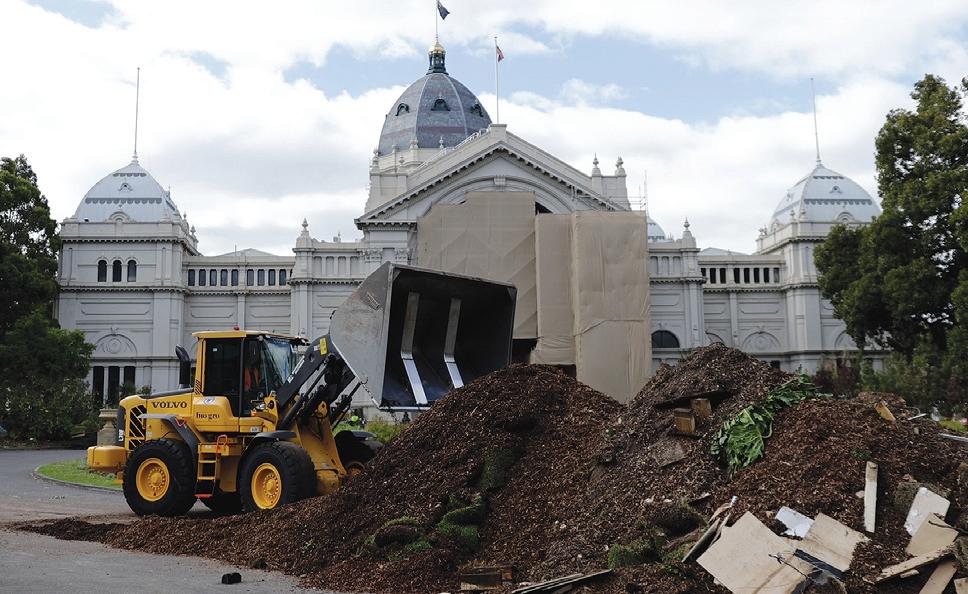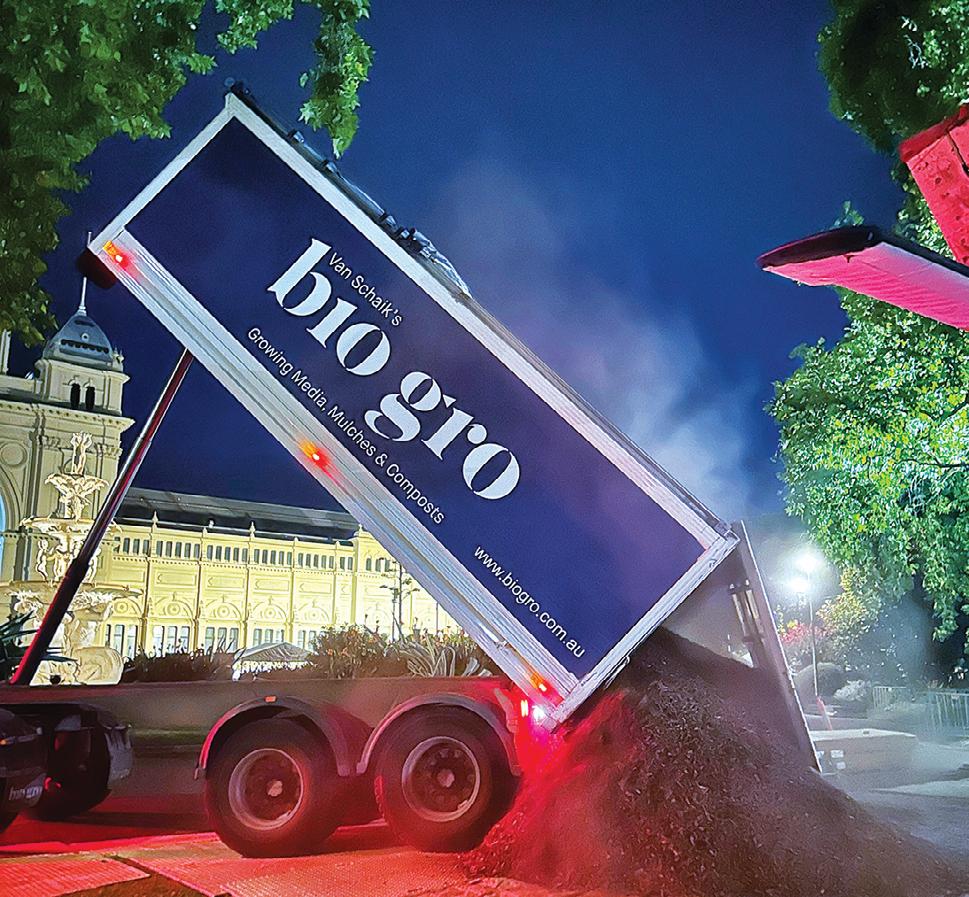
3 minute read
50 years of creating healthier green spaces: Bio Gro’s commitment to sustainability
By Matt Van Schaik
Since its inception in 1975, Bio Gro has been at the forefront of transforming organic waste into valuable resources, enhancing soil health and promoting sustainable practices across various industries. The company’s unwavering commitment to the circular economy is evident in its processes, which involve converting food and garden organic (FOGO) waste into nutrient-rich compost and mulch. These products not only improve soil fertility and structure but also reduce reliance on chemical fertilisers, contributing to healthier green spaces and a more sustainable future.
A testament to Bio Gro’s dedication to environmental sustainability is its active involvement in the Melbourne International Flower & Garden Show (MIFGS). Over the past several years, Bio Gro has significantly contributed to the event’s sustainability efforts by recovering substantial volumes of organic material. In 2023 the company processed approximately 151.94 tonnes of commercial green organics and 27.16 tonnes of commercial timber waste. In 2024, these numbers increased to 229.32 tonnes and 34 tonnes, respectively. By diverting these materials from landfills, Bio Gro supports the environmental goals of MIFGS and underscores the company’s commitment to sustainable waste management practices.

At the core of Bio Gro’s operations is its guiding mantra: Recover, Refine, Reapply. This principle is fundamental to the company’s day-to-day operations and plays a pivotal role in advancing the circular economy. Recovering organic materials from various sources, including kerbside FOGO collections, commercial green waste, and forestry by-products, is the first step in reducing landfill waste and mitigating environmental impact. Bio Gro’s state-of-the-art refining processes transform these materials into high-quality composts, mulches, soil amendments, and growing media. Finally, the refined products are reapplied to support agriculture, horticulture, viticulture, and urban landscaping, closing the loop on organic waste and fostering healthier ecosystems.
Bio Gro’s highly advanced organics processing capabilities are key to maintaining the highest industry standards in composting and soil improvement. With strategically located facilities in South Australia and Victoria, the company employs cutting-edge techniques to ensure optimal material recovery and refinement. This commitment to excellence allows Bio Gro to supply the market with premium growing mediums, soil amendments, and mulches that enhance plant vitality and contribute to long-term soil sustainability. By focusing on high-quality organic solutions, Bio Gro provides landscapers, councils, horticulturalists, and home gardeners with the tools they need to cultivate healthier green spaces and drive sustainable change in their communities.
The roots of Bio Gro’s innovative approach trace back to the mid-1970s when founder Hans Van Schaik recognised the potential of recovering forestry by-products, such as pine bark and sawdust, which were then considered waste. He transformed these materials into beneficial products through experimentation and a visionary mindset, laying the foundation for the company’s enduring focus on environmental enhancement. Over the decades, Bio Gro has expanded its expertise to include a wide range of organic materials, including kerbside FOGO waste. By 2025, the company will divert more than 350,000 tonnes of organics from landfills annually, reflecting its significant impact on sustainable waste management.
As Bio Gro celebrates this milestone and looks to the future, its commitment to sustainability and innovation remains as strong as ever, enabling the company to continue leading the way in organic resource recovery for many decades to come. The company’s journey from humble beginnings to an industry leader is a testament to the power of vision, dedication, and a relentless pursuit of environmental stewardship. Here’s to another 50 years of creating healthier green spaces and a more sustainable Australia.



